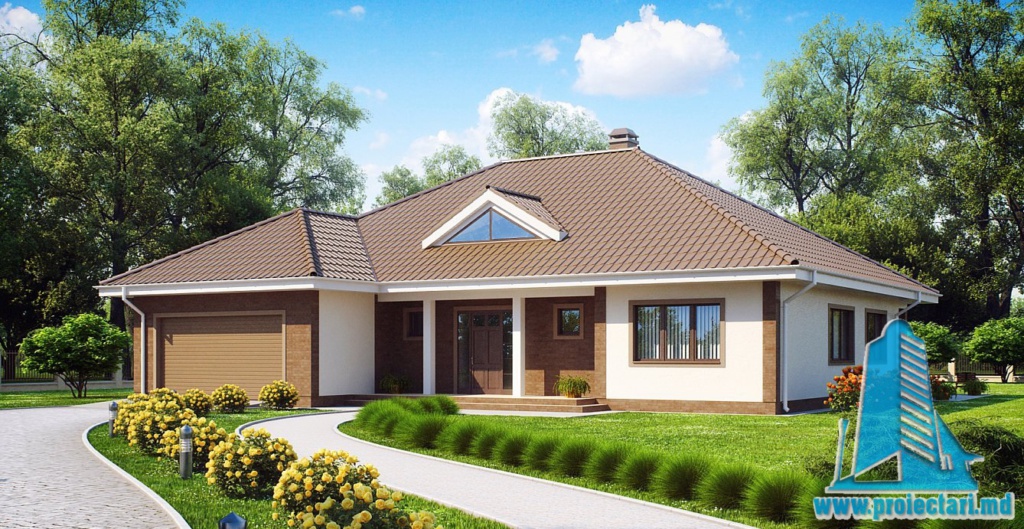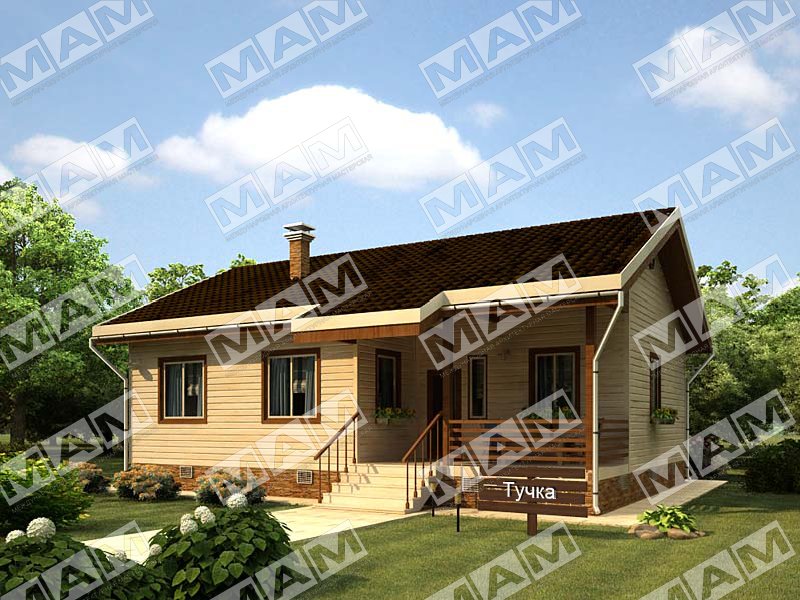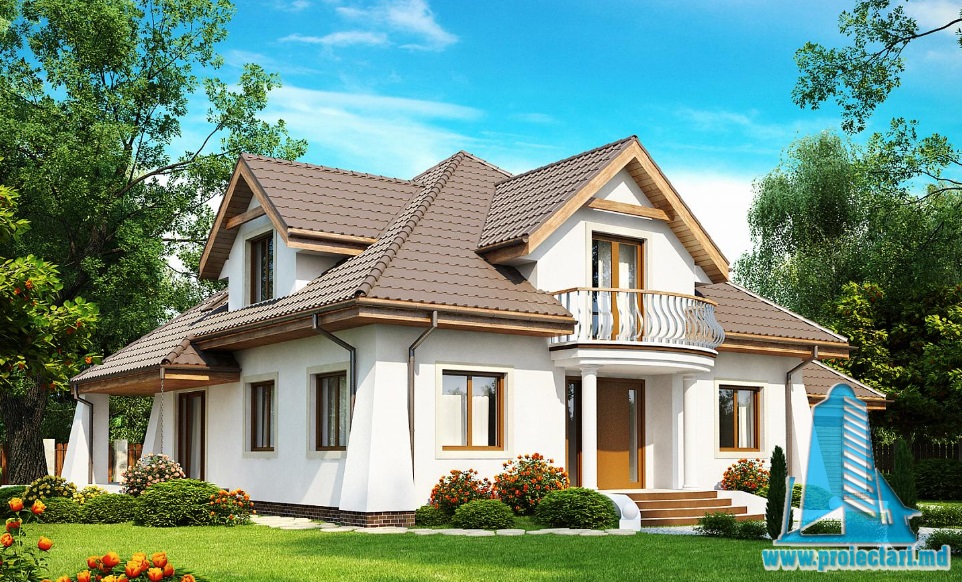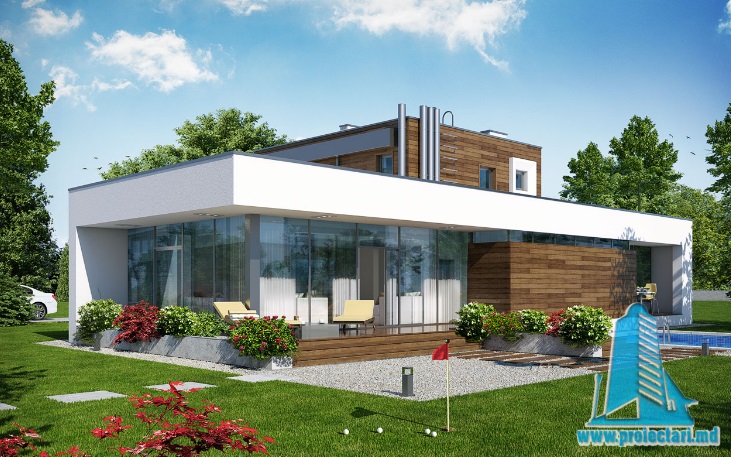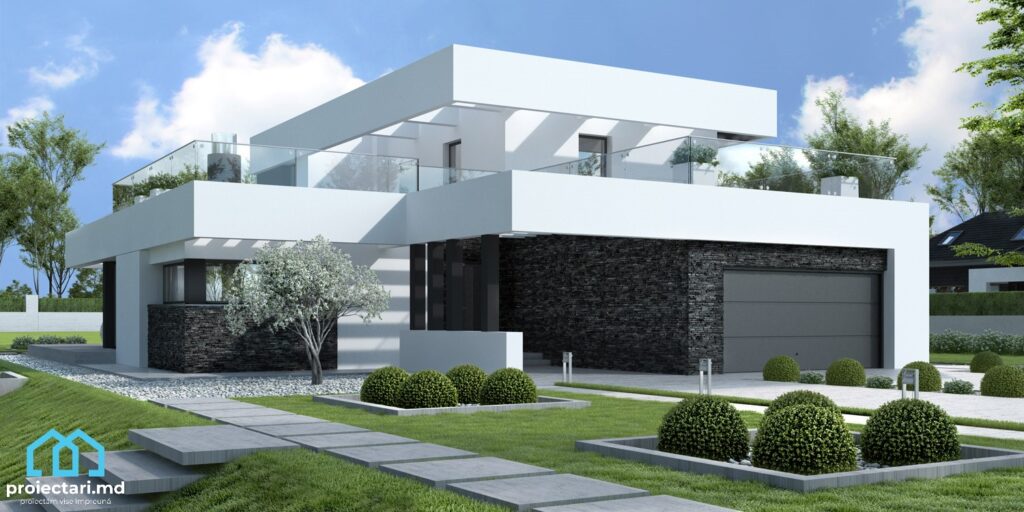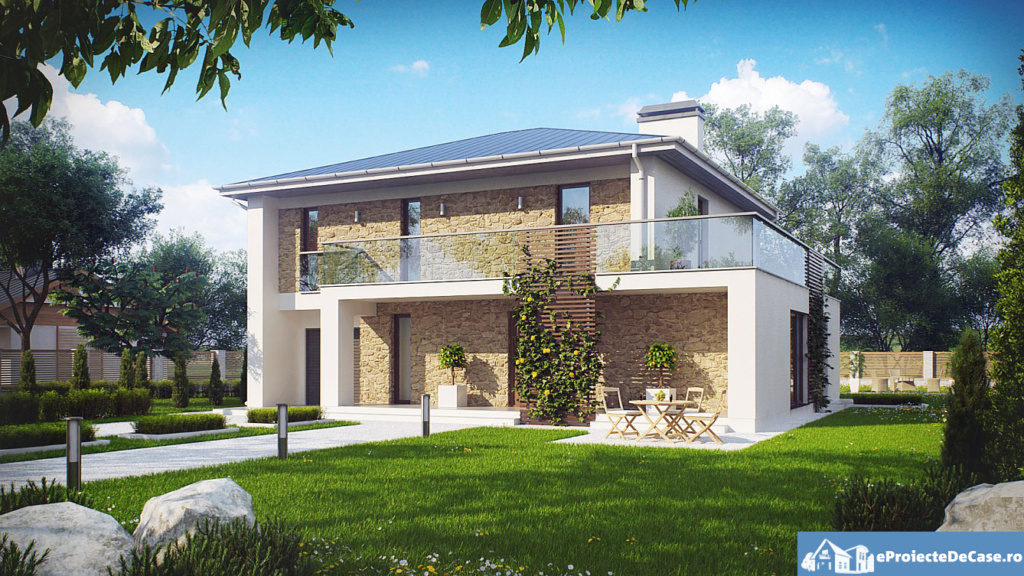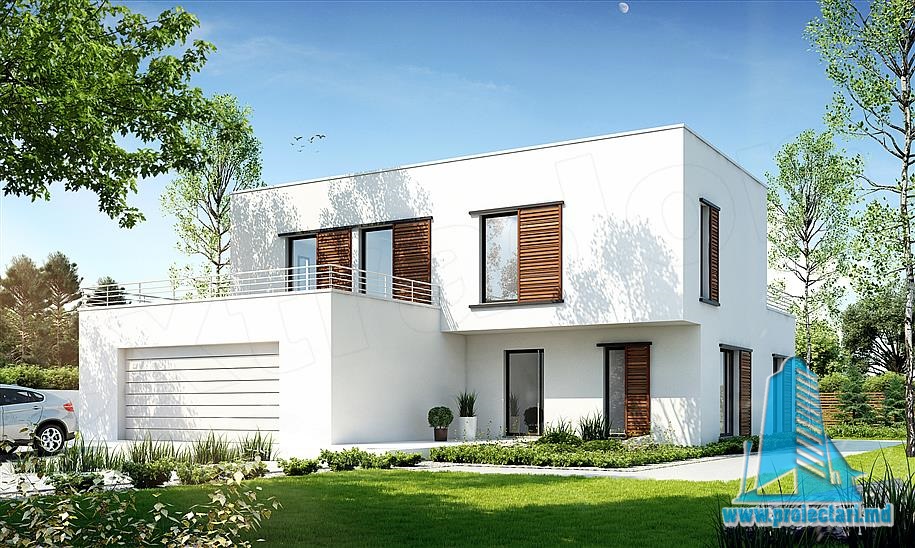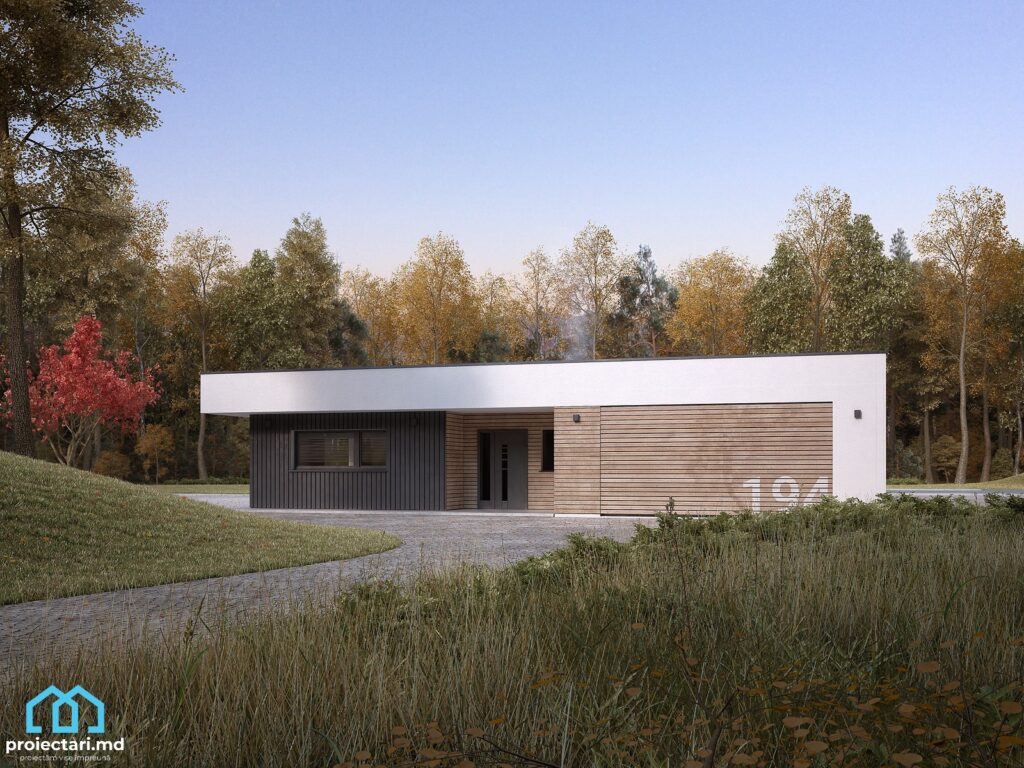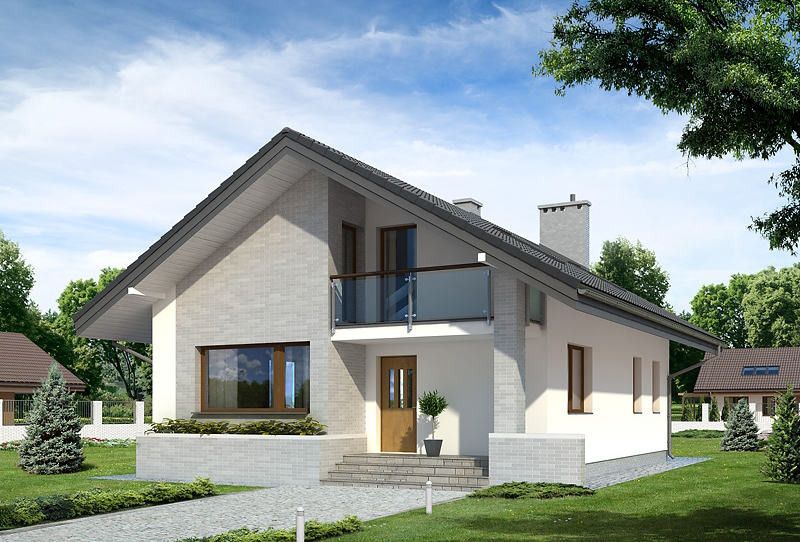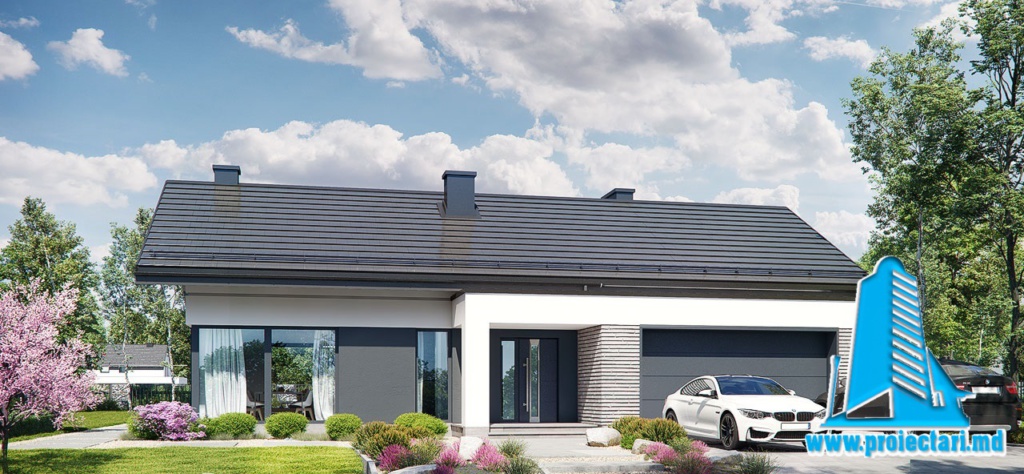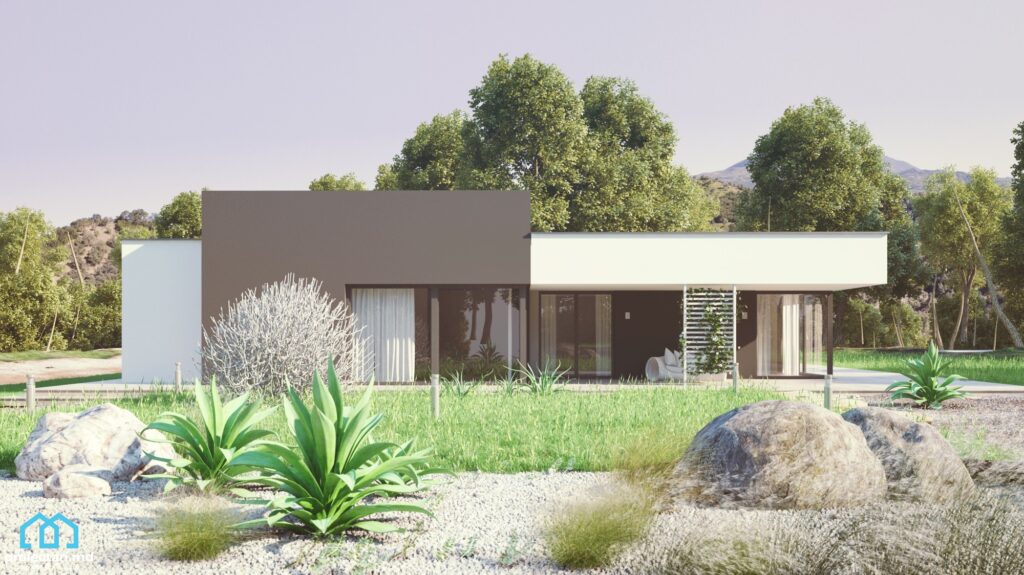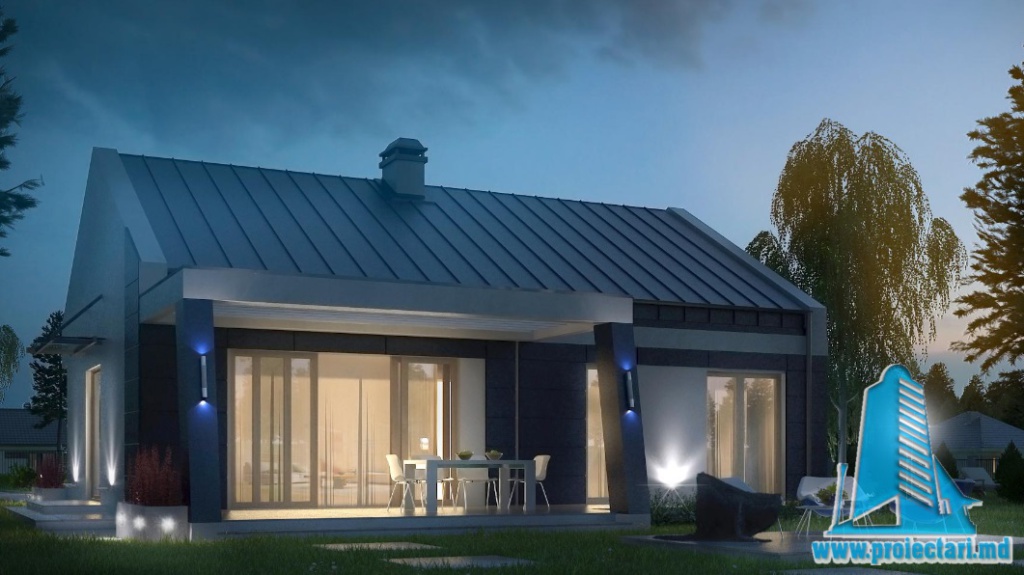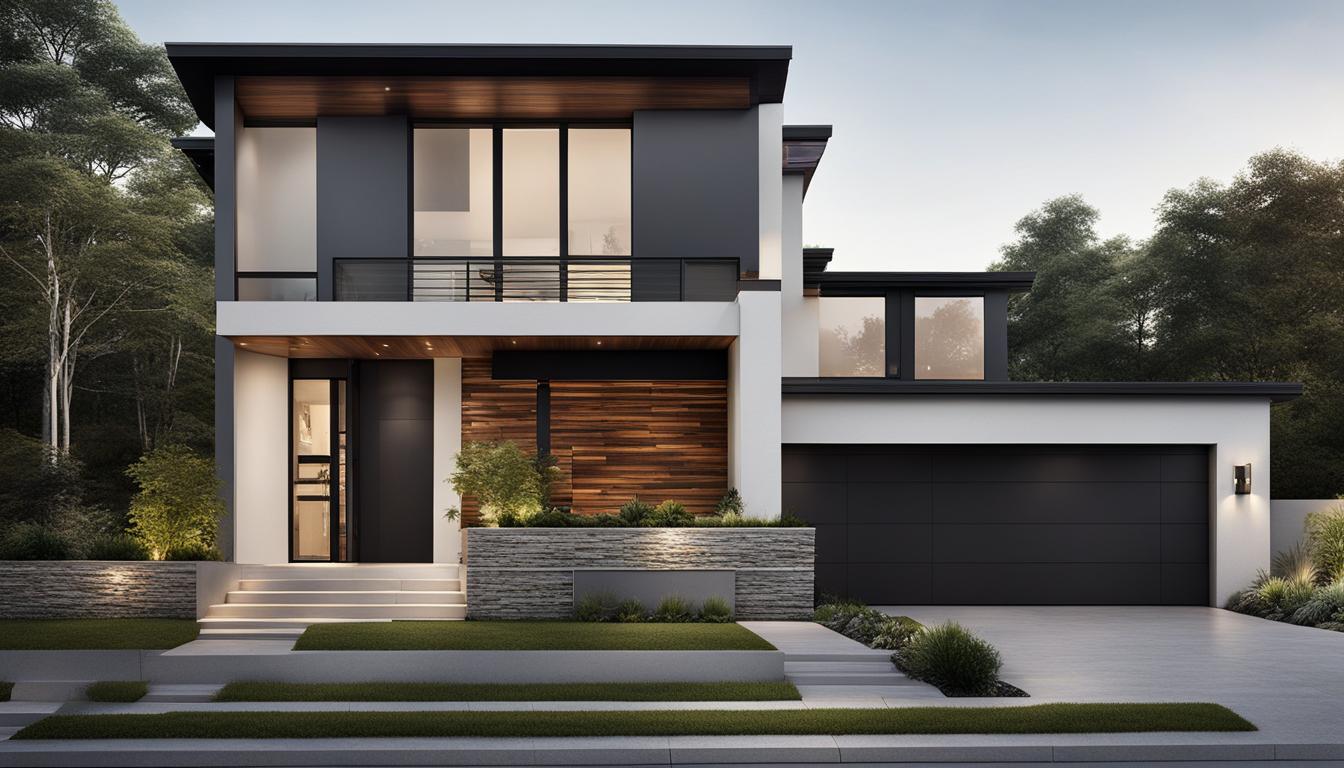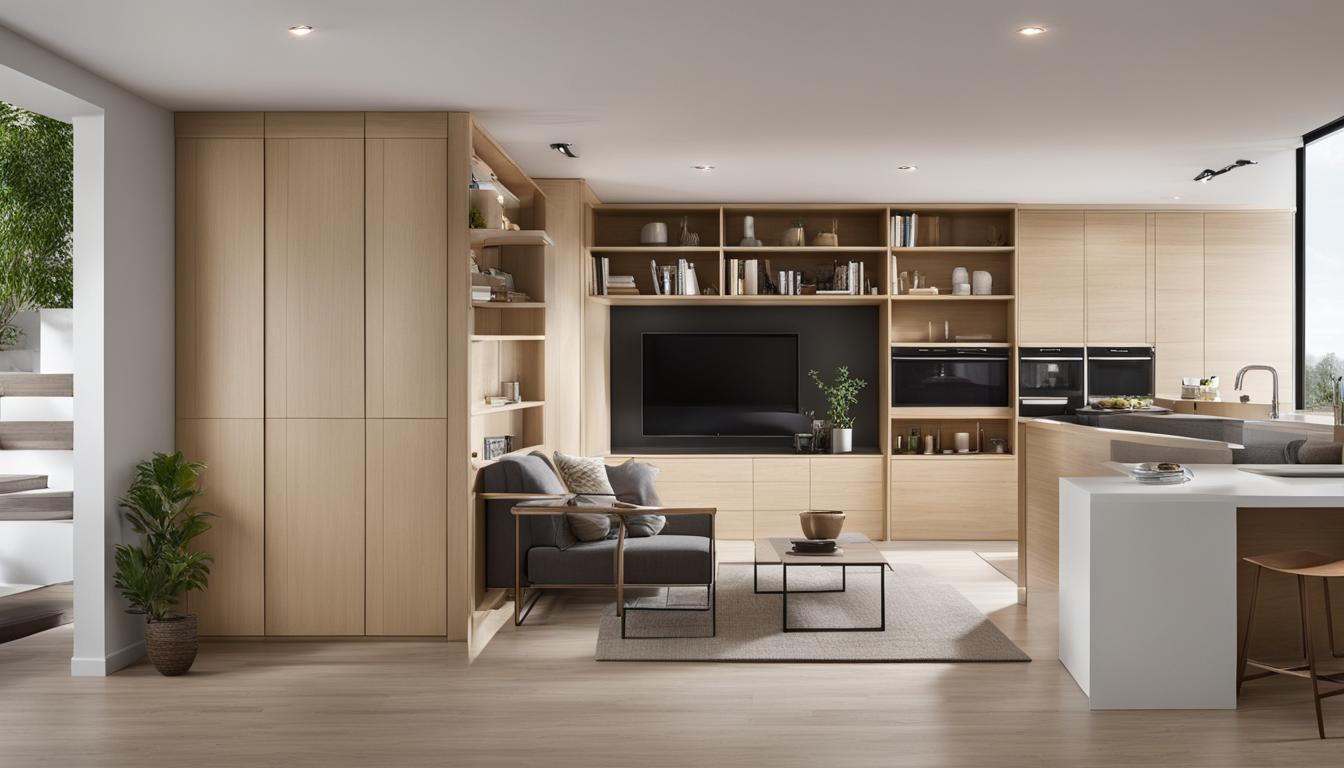Do you want your home to be elegant and natural? Choosing the right indoor plants can transform your home into a sophisticated and lively space . Indoor plants with sophisticated design not only add an aesthetic aspect, but also purify the air and bring a relaxing atmosphere . Discover in this guide how to choose the most suitable indoor plants to bring natural elegance to your home.
Key points:
- Indoor plants can transform your home into a sophisticated and lively space .
- Indoor plants with sophisticated design not only add an aesthetic aspect, but also purify the air and bring a relaxing atmosphere .
- Choose the right indoor plants that match your design and tastes to create a strong visual impact in your home.
- Make sure the plants are placed in areas with adequate light and temperature to give them the ideal growing conditions.
- Choose suitable pots and natural materials for your indoor plants to achieve an elegant and harmonious look in your home decor.
The importance of indoor plants in contemporary design

Indoor plants play a crucial role in contemporary design. They add color, texture and life to your interior. In addition to aesthetics, indoor plants also have benefits for your health and well-being. They filter the air, improve air quality and have a calming effect on the mind and body. That’s why it’s important to integrate them into your contemporary home design to bring beauty and harmony to every corner of it.
Identifying ideal locations for indoor plants

To ensure the prosperity of indoor plants, it is important to identify the right locations in your home. Each plant has specific needs regarding light and temperature . Some plants prefer direct light , while others prefer indirect light or even shade. The temperature in your home can also influence the health of your indoor plants. To give them the ideal growing conditions, make sure the plants are placed in areas that are suitable for light and temperature.
Indoor plants. How to choose the right space in your home
To choose the right space for indoor plants, consider the following aspects:
- Identify areas with adequate light. Indoor plants need natural light to carry out photosynthesis.
- Place plants near windows to ensure optimal access to sunlight.
- Avoid placing plants in too dark places or near excessive heat sources.
- Choose spaces that allow the plant to grow in width and height, depending on the specific characteristics of the plant.
Light and temperature considerations for plants
Light and temperature play a crucial role in the health and development of indoor plants. Here are some important considerations:
| The type of plants | The light | Temperature |
|---|---|---|
| Plants with decorative leaves | Indirect light or shadow | 18-24°C |
| Plants with colorful flowers | Direct or indirect light | 20-25°C |
| Cacti and succulents | Direct light | 18-24°C |
| Tropical plant | Moderate or indirect light | 20-25°C |
Make sure houseplants are placed in locations where they get enough light and are in an environment with the right temperature. It regularly monitors light and temperature conditions and adjusts them accordingly to support the healthy growth of your plants.
The secrets of indoor plant care

Good indoor plant care is essential to keep them healthy and help them grow beautifully. Proper watering and using the right fertilizers are two key factors in indoor plant care.
Proper watering of plants
Each houseplant has specific watering needs. It is important to understand your plant’s watering needs by species and environment . Here are some tips to ensure proper watering :
- Check the soil before watering the plant. Make sure the soil is dry to the touch before watering again.
- Avoid overwatering the plants. It is better to wait for the soil to dry out between waterings than to overwater.
- Water the plants evenly. Make sure the water reaches deep into the roots and not just on the surface of the soil.
- Choose the correct watering method according to your plant. Some plants do best when flooded, while others prefer to be watered by spraying or by placing the pot in a bowl of water for a short time.
Note that unique individuals may have different watering needs, even within the same species. Observe your plants carefully and adjust your watering method accordingly.
Indoor plants. Types of fertilizers for healthy growth
Providing the right fertilizers is just as important as proper watering to ensure healthy indoor plant growth. Fertilizers provide the plant with the nutrients it needs to grow and thrive. Here are some common types of fertilizers you can use:
- Liquid fertilizers : These are mixed with irrigation water and quickly absorbed into the soil, giving the plant the nutrients it needs right away.
- Granular fertilizers: These are applied as granules directly to the soil and break down gradually, releasing nutrients over a longer period of time.
- Organic fertilizers: These are made from natural materials such as animal manure, compost or plant extracts. Organic fertilizers provide essential plant nutrients and help improve the soil.
It is important to pay attention to the application rules and recommended amounts for each type of fertilizer. Over-fertilizing can be just as harmful as lacking nutrients, so follow the manufacturer’s instructions and tailor the fertilizer to your plant’s specific needs.
Indoor plants with sophisticated design

If you want to add a sophisticated and elegant air to your home, choose indoor plants with a sophisticated design . There is a wide variety of plants with amazing shapes , colors and textures that can create a strong visual impact in any home. From plants with large and dramatic leaves to those with delicate and exotic shapes , you can choose houseplants to suit your design and taste. Transform your home into a green sanctuary with these sophisticatedly designed indoor plants.
Indoor plant pots: Style and function
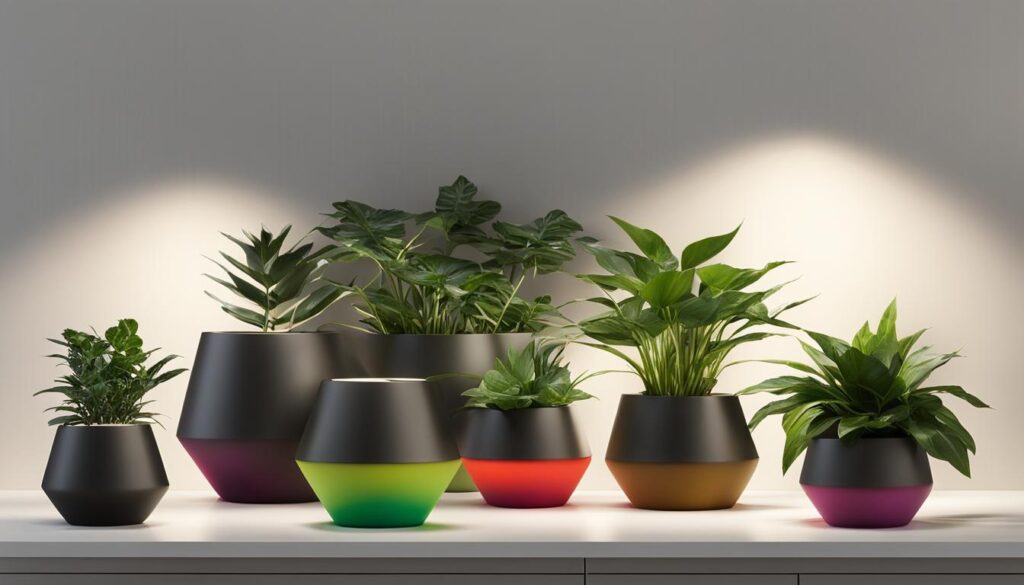
Pots are not only a container for indoor plants, but also a decorative element with style and functionality . Current trends in planter design include natural materials such as wood, ceramic and natural fiber, as well as innovative shapes and textures. Choosing the right pots for your indoor plants can add an elegant and harmonious look to your home decor. Explore the different pot options and choose the ones that best suit your style and the needs of your plants.
Indoor plants. Current trends in pot design
The design of pots for indoor plants is constantly evolving, adapting to new trends and consumer preferences. Currently, there are various trends in the design of flower pots that can add extra style and originality to your home decor.
- Use of natural materials: Wood, ceramic and natural fiber pots are very popular in contemporary indoor plant design. These materials add warmth and authenticity to the decor, creating a connection with nature.
- Innovative shapes and textures: The design of pots is no longer limited to classic and symmetrical shapes. Geometric structures, asymmetric aspects and varied textures give a modern and creative look to pots, adding an interesting focal point to the decor.
- Combine materials and shapes: A trend in pot design is to combine different materials and shapes to create unique and eye-catching pieces. For example, a ceramic pot with wooden inserts or a natural fiber pot with geometric shapes adds an element of surprise and originality to the decor.
Choice of materials and shapes for an elegant look
Choosing the right materials and shapes for indoor plant pots can transform the look of your home and add a touch of elegance and sophistication. Here are some important tips to consider:
- Select quality natural materials: Opt for pots made of hardwood, high-quality ceramic or treated natural fiber to ensure durability and resistance over time.
- Choose suitable plant shapes: Each plant has specific needs in terms of root space. Make sure you choose the right pot for the size and shape of the plant to allow for healthy root development and the plant as a whole.
- Consider the aesthetic aspect: Think about the style and atmosphere you want to create in your home. Choose pots with textures, colors and shapes that match your interior design and personal tastes.
- Add accessories and details: To create an elegant and sophisticated look, you can add accessories such as ornaments, decorative stones or elegant pot holders.
By choosing the right pots for indoor plants, you can completely transform the look of your home and bring a sophisticated and elegant air to the decor. Experiment with various combinations of materials, shapes and textures to find the most suitable solutions for your style and needs.
Decorative plants: Tips for choosing species

Decorative plants add color and beauty to any space . Whether you choose flowering plants or plants with beautiful leaves, they can instantly transform a room into a vibrant and lively environment . When choosing decorative plants , consider factors such as light, temperature, humidity and the availability of care . Choose the species that best suit the conditions in your home to ensure that they will thrive and bring a special decorative look to your home.
If you want to add color and beauty to your home, decorative plants are the perfect choice. They can be selected according to your preferences and can bring a variety of colors, shapes and textures to the interior of your home.
To make the right choice, consider the following factors:
- Light: Ornamental plants need adequate light to grow and develop. Be sure to choose plants that match the light level in your home, whether it’s plants that prefer bright light or plants that do well in low light.
- Temperature: Decorative plants have different temperature needs. Some prefer warmer temperatures, while others thrive better in a cooler environment. Make sure you choose plants that fit the environment you live in and give them optimal growing conditions.
- Humidity: Some ornamental plants need high humidity to stay healthy. If you live in an environment with low humidity, you can consider plants that tolerate it or you can take steps to increase the humidity level around the plants.
- Availability of care: Before purchasing decorative plants , think about the time and resources you can allocate to care for them. Some plants require more attention and care , while others are more resilient and may be easier to maintain.
By choosing the right species of decorative plants and giving them the optimal growing conditions, you will be able to enjoy the beauty and elegance of these plants in your home. Regardless of whether you place them in the living room, bedroom or office, decorative plants will bring a special charm and a lively atmosphere to the interior of your home.
Shade-tolerant plants: Solutions for dark corners
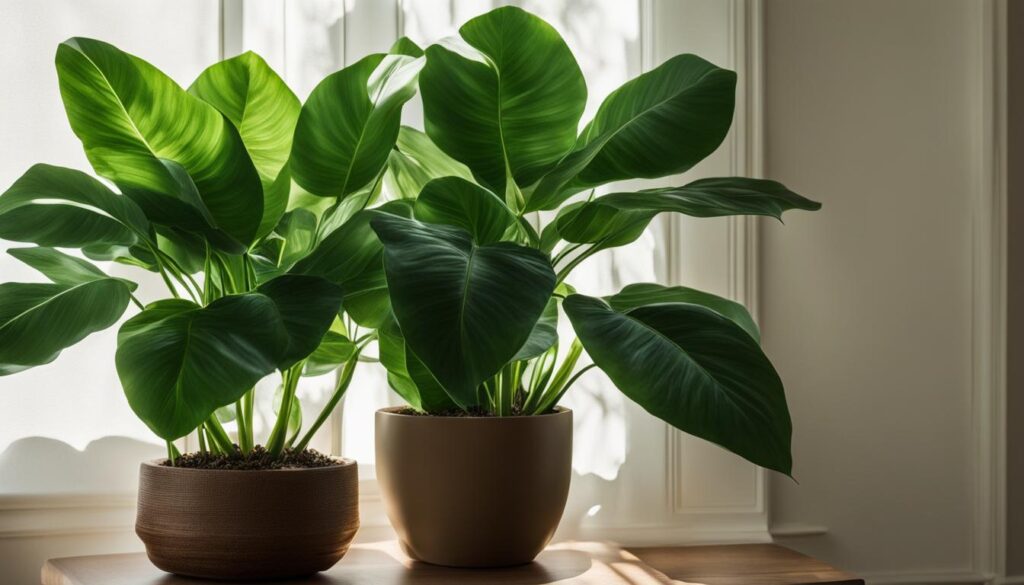
The dark corners of your home should not go unused. There are a variety of indoor plants that can live and thrive in low light conditions. These shade-tolerant plants can bring life and beauty to any dark corner of your home. Organizing the space in a smart way can maximize the visual impact of these plants and create a wonderful green corner in your home.
Indoor plants. The selection of plants that thrive in low light conditions
When choosing shade-tolerant houseplants , it’s important to select species that thrive in low light conditions. These plants are adapted and grow well in spaces with low light or limited access to natural light. Here are some examples of indoor plants that can enjoy the shade in the dark corners of your home:
- Sansevieria
- Zamioculcas
- Dracena
- Pothos
- Alocasia
These plants are known for their shade tolerance and require little light to survive. They will grow and thrive even in low light conditions, adding a green and lively look to the dark corners of your home.
Organizing the space for maximum visual impact
To achieve maximum visual impact in dark corners, you can organize indoor plants in a smart way. Here are some ideas to create an attractive green corner:
- Use interesting pots and plant stands to add texture and depth to the space.
- Place plants at different heights to create a dynamic and aesthetic arrangement.
- Use plants with contrasting foliage or colorful flowers to add an interesting focal point.
- Add supplemental lighting, such as full-spectrum lamps, to provide enough light for shade-tolerant plants .
By organizing the space in a creative way and adapted to the needs of indoor plants, you will be able to transform the dark corners of your house into a wonderful green space that will bring joy and beauty to your home.
| Shade-tolerant plants | Light requirements | Care and attention |
|---|---|---|
| Sansevieria | Shadow – indirect light | Moderate watering, no direct sun exposure |
| Zamioculcas | Low light – indirect or shaded | Rare watering, drought tolerance |
| Dracena | Medium light – shaded or indirect | Moderate watering, avoiding excess water |
| Pothos | Shade – indirect light or penumbra | Moderate watering, avoiding excessive drying |
| Alocasia | Medium light – shaded or indirect | Moderate watering, avoiding excess water and high humidity |
These plants are just a few examples of shade-tolerant species. Each plant has specific needs, and before purchasing one, it’s important to learn about its light and care requirements.
Indoor flowering plants and their unique ambience
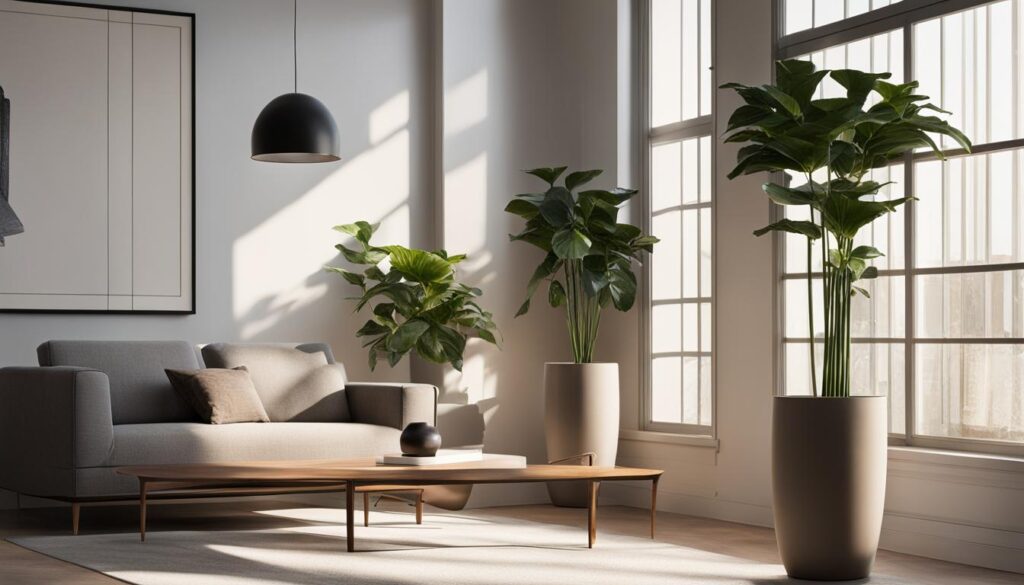
Nothing brings greater joy than enjoying flowers inside your home. Indoor flowering plants can bring a unique charm and ambiance to your home. To enjoy flowers all year round , plant them at the right times and give them the right care. Combining the colors and aroma of these plants can create a relaxing and pleasant atmosphere in your home, turning it into a space of relaxation and refuge.
When you choose flowering plants for the interior , you have the opportunity to add more beauty and color to your home. These plants not only bring you visual joy, but they can also create a unique ambience, creating a special atmosphere in every corner of your home.
To enjoy flowers all year round , you need to plant flowering plants at the right times. Each plant has its own flowering cycle, and some may bloom several times a year. Understanding the specific needs of your flowering plants and providing them with the proper care will allow them to bloom year-round, bringing color and freshness to your home at all times.
In addition to the visual appearance, combining the colors and aroma of flowering plants can create a relaxing atmosphere in your home. Choose plants with flowers in colors that blend harmoniously with the color palette of that room and add a pleasant fragrance to the room. Thus, you will create a relaxing and pleasant atmosphere, where you can enjoy the beauty of nature right in the comfort of your own home.
| BENEFITS | How to plant them | How to have flowers all year round |
|---|---|---|
| Add beauty and color to your home | Choose the right moments for planting | Understand the flowering cycle of your plants |
| It creates a unique and pleasant atmosphere | Suitable for the specific needs of plants | Ensure proper care |
| Combine colors and flavors | Choose plants that bloom at different times |
Air Purifying Plants: Health and Environmental Benefits
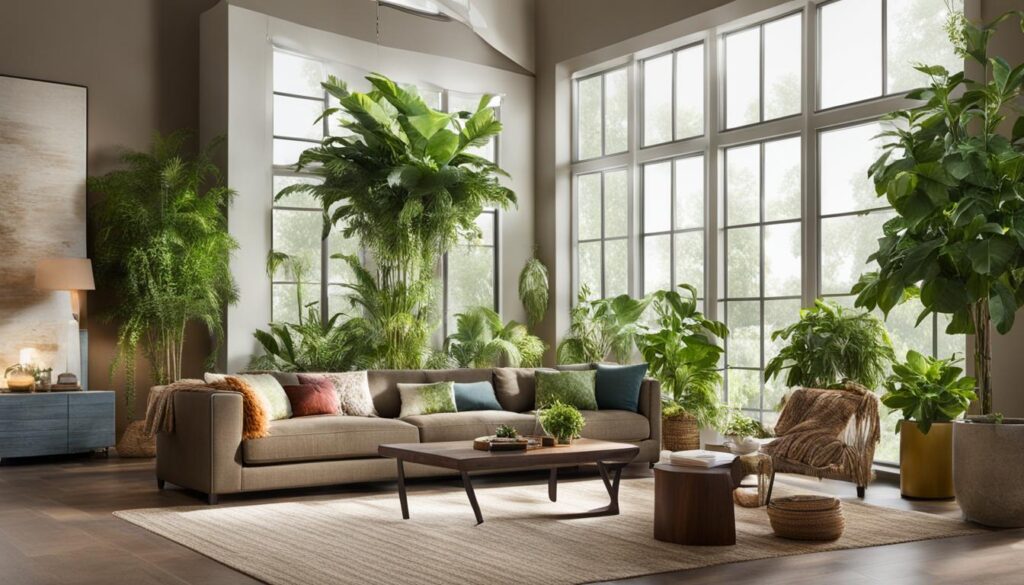
Air purifying plants not only add beauty to your home, but also have a beneficial impact on health and the environment. These plants manage to filter and improve air quality, removing harmful substances and toxins. Health benefits include reducing pollution levels, releasing oxygen and improving sleep quality. By choosing air-purifying plants, you can help create a cleaner and healthier environment in your home.
Office plants: Increasing productivity and reducing stress

Office plants can have a significant impact on increasing productivity and reducing stress in the work environment. These plants bring a state of calm and relaxation, reduce stress levels and improve concentration and creativity. Adding office plants to your workspace can create an inspiring atmosphere and a more pleasant environment for employees.
Indoor plants. Plants for creating an inspirational workspace
Choosing the right plants for your workspace can help create an inspiring and energizing environment. Plants with green and vibrant leaves can bring a sense of freshness and nature to the office, creating a relaxing and revitalizing atmosphere. Also, plants with colorful flowers can add a decorative and cheerful element to the work space.
Managing limited desk space
Managing limited desk space can be an important consideration when bringing in office plants . Using plant stands or hanging pots can help save space and create a more organized and airy look. Also, the strategic placement of plants can maximize the visual impact and transform the office into a pleasant space.
| Benefits of office plants | Recommended plants for offices |
|---|---|
| – Reducing the stress level | – Dracena |
| – Improving air quality | – Ficus |
| – Stimulation of concentration and creativity | – Bamboo palm |
| – Creating an inspirational atmosphere | – Chrysanthemum |
| – Improving mood | – Spider Plant |
| – Reducing eye fatigue | – Aloe Vera |
Balcony plants: Transform balconies into urban oases
Turn your balcony into an urban oasis by choosing the right plants. A variety of outdoor plants can add beauty and freshness to your outdoor seating area. From colorful and fragrant flowers to plants with decorative leaves, there are various options that can transform your balcony into a space full of life and harmony with nature.
To choose the right plants for your balcony, consider the light and temperature conditions on the balcony. Some plants prefer direct light, while others are better suited to shaded areas. Make sure that the plants you choose can adapt to the sunshine level of your balcony and the temperature fluctuations specific to this area.
Here are some plant suggestions for the balcony :
- Petunias – colorful and fragrant flowers that grow well in hanging pots.
- Geraniums – plants resistant to the sun and high temperatures, ideal for the balcony exposed to direct sunlight.
- Hibiscus – with large, vibrant flowers, these plants add a strong visual impact to any balcony.
- Begonias – versatile plants that can adapt to both indirect and direct light and moderate temperatures.
- Pelargoniums – plants that withstand the sun and high temperatures well and bring a touch of elegance through flowers and decorative leaves.
With the help of these suitable plants, your balcony can become a special place for relaxation and encounters with nature. Choose plants that inspire you and create your own green corner in the middle of the city.
Indoor plants. Conclusion
Indoor plants bring natural elegance and beauty to your home. They not only add an aesthetic aspect, but also improve air quality and have a beneficial impact on health and mood. Whether you choose indoor plants with sophisticated design, decorative plants or air purifying plants , they can transform your home into a green and lively sanctuary. Choose the right plants for the right spaces and enjoy the beauty and benefits they bring to your home.
Order an interior or home design project and receive the floristic organization of your home
If you want a home where natural elegance is predominant, you can order an interior design project or a home design project . A professional interior designer can create a personalized and functional plan that reflects your style and preferences. In addition, the emphasis can be placed on the floristic organization of your home, thus creating a complete and well-harmonized living space. Call on the services of a specialist and get the house of your dreams, full of elegant and refined indoor plants.
FAQ
What are the benefits of indoor plants with sophisticated design?
Indoor plants with sophisticated design add an elegant and natural aesthetic to your home, purify the air and bring a relaxing atmosphere.
How do indoor plants contribute to contemporary home design?
Indoor plants add color, texture and life to your interior, contributing to a contemporary design . They also have benefits for your health and well-being.
How to choose the right space in your house for indoor plants?
It is important to identify suitable locations in your home for houseplants to thrive. Each plant has specific needs in terms of light and temperature.
How to properly care for indoor plants?
Proper watering and using the right fertilizers are key aspects of houseplant care. Make sure the plants are watered according to the needs of the species and apply fertilizers according to the specific rules.
What types of decorative plants can be chosen for the interior?
Decorative plants can be flowering plants or plants with beautiful leaves that can instantly transform a room into a vibrant and lively environment.
What are shade-tolerant houseplants?
There are a variety of shade-tolerant houseplants that can live and thrive in low light conditions. These plants can bring life and beauty to the dark corners of your home.
How to choose flowering plants for the interior?
To enjoy flowers all year round , plant them at the right times and give them the right care. The combination of colors and aroma can create a relaxing and pleasant atmosphere in your home.
What are the benefits of air purifying plants?
Air purifying plants help improve air quality, reduce pollution levels and have a beneficial effect on health and the environment.
How to choose the right office plants?
Office plants can increase productivity and reduce stress in the work environment. Choose plants that match the light and temperature conditions on your desk and make sure you manage the space appropriately.
How to turn the balcony into an urban oasis with the help of plants?
Choose plants that match the light and temperature conditions on your balcony and create a beautiful green outdoor corner. Transform your balcony into a relaxing and lively space with the right plants.
What benefits do indoor plants bring?
Indoor plants bring natural elegance and beauty to your home. They purify the air and have a beneficial impact on health and mood.
How can I order an interior or home design project and receive the floral arrangement of my home?
You can order an interior or home design project to get a personalized and well-harmonized home. You can also request the floristic organization of your home to create a complete and elegant living space.











